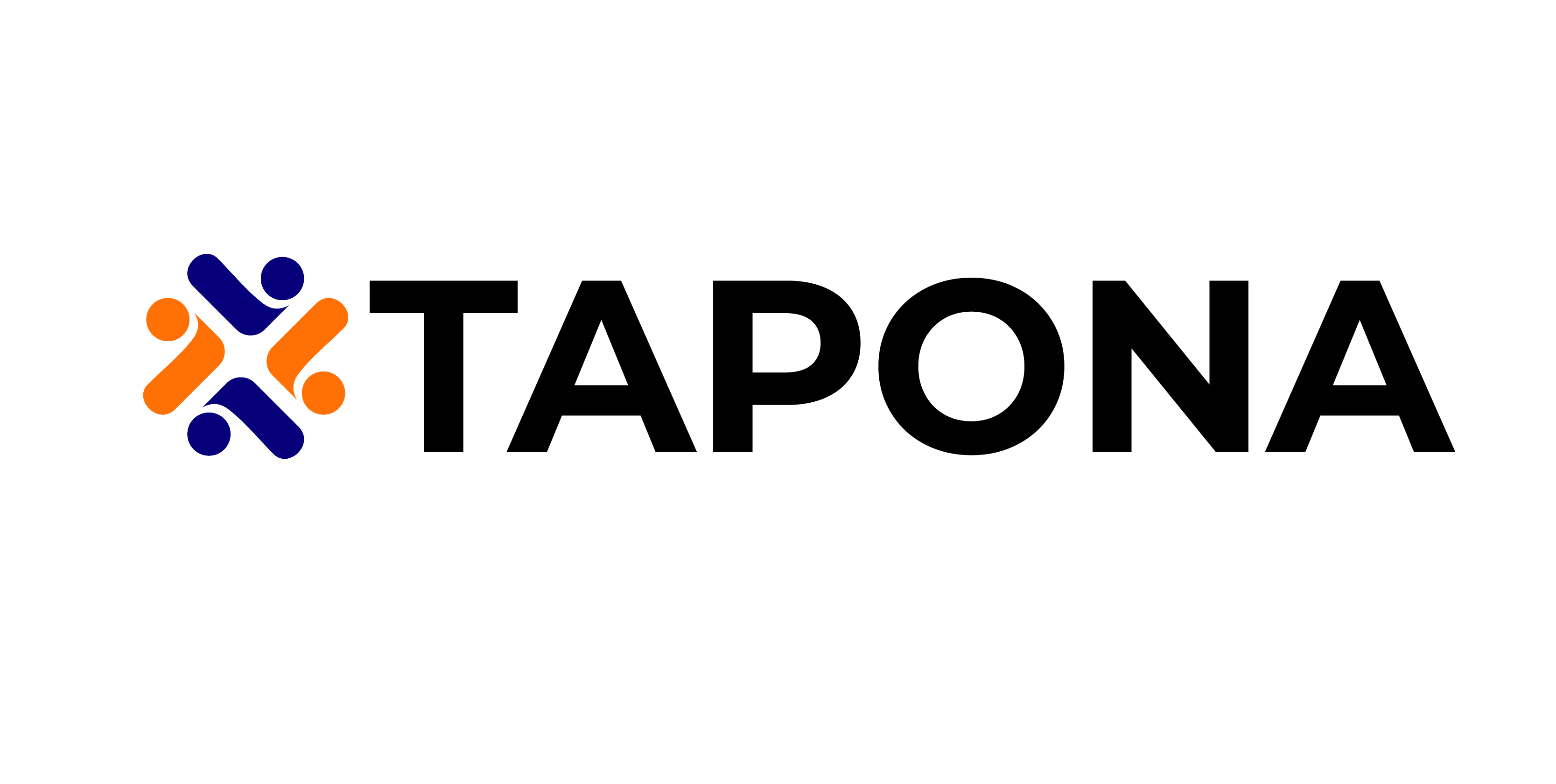Market Research for Your Business
Market research is the process of gathering vital information about your target market. It is an essential step for any business looking to gain traction and establish itself as a power house in whatever field or industry that the business is involved in. Once you have done your market research and captured the data, you can use this to introduce or upgrade products, improve the customer experience, craft a sharper marketing position, or help guide business decisions.
Market research process helps you collect valuable insights such as opinions and attitudes from your target market in regards to your products and services. It also helps you to do brand tracking, which is establishing the general perception of your brand’s image in the public eye and your market.
There are a lot of benefits of doing market research. These include getting the vital information that you need to strategize and make better informed decisions about your products and services. It will also help you have an edge over your competitors and to create a more resonant brand for your customers.
So let’s have a look at the steps on how to conduct a market research process for your brand:
1. Define the problem.
When it comes to conducting research, it helps if you have in mind what the end goal essentially is. What are you hoping to achieve will help you define what specific customer problems and challenges are.
Defining the problem means having a scope that is not too broad, otherwise you may get too vague answers. On the flipside, having too narrow a scope may not clearly bring into focus what the problems are. So make sure you have this in mind while curating what the problems are. Ask good questions and they will help to clarify your outcome.
2. Develop your research plan.
The next step is developing a research plan on how you will go on about the process.
Here you create a roadmap that includes identifying your target audience, as well as determining what research tools to use, and the timeline and resources for the project.
The initial phase includes establishing your data sources. This will help in focusing on your target market.
You can then do primary research, which includes having surveys and conducting interviews. Next is conducting a secondary research in which you can employ methods such as:
- Observation
- Surveys
- Experimentation
- Sampling
- Contact Methods
3. Gather your information.
The next step is collecting your information.Whether you use surveys, interviews or other methods, you will have to gather and organize your data. You can rely on qualitative and/or quantitative data to help you get started.
A logical place to start is often with secondary research to find out what existing data is available from reputable sources that directly relate to your research question.
Your primary research will then begin as you survey, interview, and observe your research participants. Depending on your research plan, you will have a combination of qualitative and quantitative data to analyze to substantiate your research question.
4. Analyze your data.
After your primary and secondary data is collected, you’re now ready to shift to the most meaningful phase of the process—analysis. Typically, researchers use several statistical methods to analyze their data, including advanced decision models and predictive analytics. Averages, statistical regression, spreadsheets and charts may all be part of your analysis. Review the data for meaningful insights and home in on key points that will help inform your marketing campaigns and strategies.
5. Develop a strategy.
The next step is to determine how your business can shape your future products and services with the marketing research you’ve just done. You will have to create a formal research report that outlines your initial question, target audience, research methods, data collection methods, audience demographics, and finally your conclusion.
You may present your findings to company leadership, or small groups of relevant colleagues throughout your organization. Beyond reporting results, effective presentations often include actionable recommendations based on your findings.
6. Take action.
The final step is establishing where to go with what you have been able to collect and what steps to take for your business. Plan those next steps, which may include new product development, further concept testing, a new product launch, or fresh marketing campaign.
All Categories
Recent Posts
How to Create a Compelling and Easy to Implement Business Strategy for Beginning Entrepreneurs
How to Better Manage Your Money as a Business
Rabbit Keeping as an Entrepreneurial Opportunity
Tags
+0123 (456) 7899
contact@example.com

